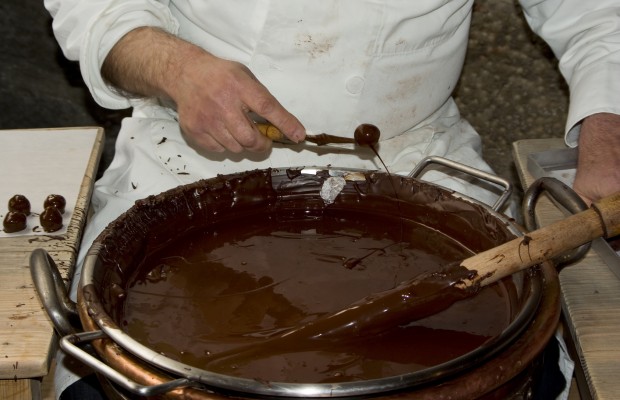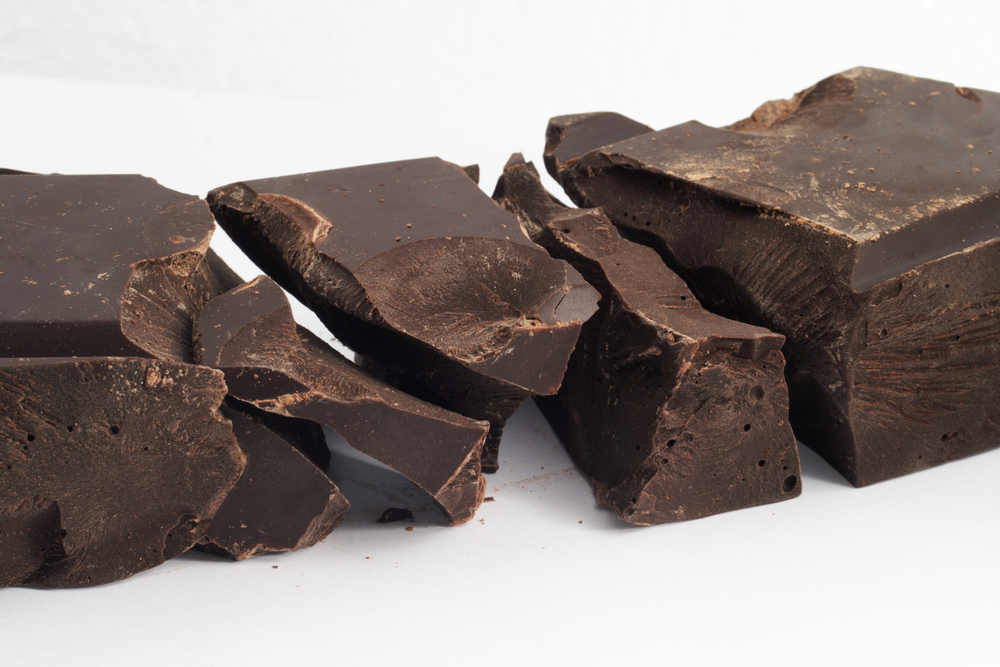The Art of Eating Chocolate: How to Taste Chocolate like an Expert

Chocolate – much like fine wine – has hundreds of flavored nuances that can best be appreciated by following a few tasting guidelines. While a person’s first impulse may be to devour a favorite chocolate immediately, it is advisable to savor the experience and enjoy this indulgence slowly. In this way, new, exotic, and tantalizing flavors can be discovered.
Chocolate Background Info
Natural factors such as climate, soil type, cocoa variety, and even how the cocoa beans are fermented, dried and roasted, can have a profound effect on how a finished chocolate will taste. There are usually always subtle differences in different batches of chocolate. In order to have the best tasting experience possible, it is important to choose quality chocolate bars. In other words, buying chocolate from the bargain bin at a local supermarket will simply not suffice.
Choose an Appropriate Location
Choose an area that is quiet, free of any distracting smells, and with a temperature of about 70 degrees Fahrenheit or 21 degrees Celsius. The chocolate, itself, should be at room temperature as cold chocolate does not release flavors as quickly. When conducting a tasting, always remember to taste from the chocolate ranging from the lowest cocoa percentage to the chocolate with the highest percentage of cocoa.
Ensure that You Have a Clear Palate
Before conducting the tasting, one should make certain that he or she does not have other flavors on one’s palate. A great way to clear a palate is to eat a bit of bread or a piece of an apple.
Look at the Chocolate
Take note of the chocolate’s appearance. A high quality tempered chocolate will have a glossy sheen to it. The chocolate could be a wide range of different shades due to the cocoa percentage in the chocolate; however, the color of the chocolate should be uniform. Chocolate with a “bloom” or a whitish tinge to it should be avoided.
Listen to the Chocolate
Break off a piece of the chocolate. A quality chocolate will break neatly and will make a noticeable “snap” sound. The higher the quantity of cocoa in the chocolate, the louder the snap sound will be. Moreover, white chocolate will make a more subdued snap noise due to the milk content in that type of chocolate.
Smell the Chocolate
As breaking the chocolate will release an aroma, be sure to inhale at this point in time. Notice whether the aromas are strong or more subtle. Keep in mind that a quality chocolate should smell like “chocolate” and not like fat, sugar, or vanilla for example.
Taste the Chocolate
The chocolate should be placed on one’s tongue. While biting the chocolate can help enhance the melting process, the key here is to let the chocolate melt in order to better savor the distinct chocolate tastes. A high quality chocolate should melt relatively quickly on your tongue. Good chocolate also has a rich, smooth, velvety texture while poor quality chocolate can feel waxy, greasy, or even grainy.
Savor the Flavors
As the chocolate melts, it will release distinct flavors. The higher the quality of the chocolate, the more flavors you will encounter. While a lower quality chocolate may release a couple of different flavor notes, a good chocolate can release multiple floral, earthy, fruity or spicy flavor notes that can include liquorice, green bananas, cherries, balsamic vinegar and more. Be prepared as these flavors will evolve as the chocolate continues to melt. Keep in mind that quality chocolate can leave a pleasing flavor for several minutes after the chocolate has melted.
Besides allowing one to try new varieties of chocolate, a chocolate tasting session can also permit a person to appreciate chocolate on a whole new level. In order to get the best possible experience, it is important for to take the time to savor and enjoy each chocolate. By doing so, one will gain a new appreciation for the art and craftsmanship that goes into making a quality chocolate.
















